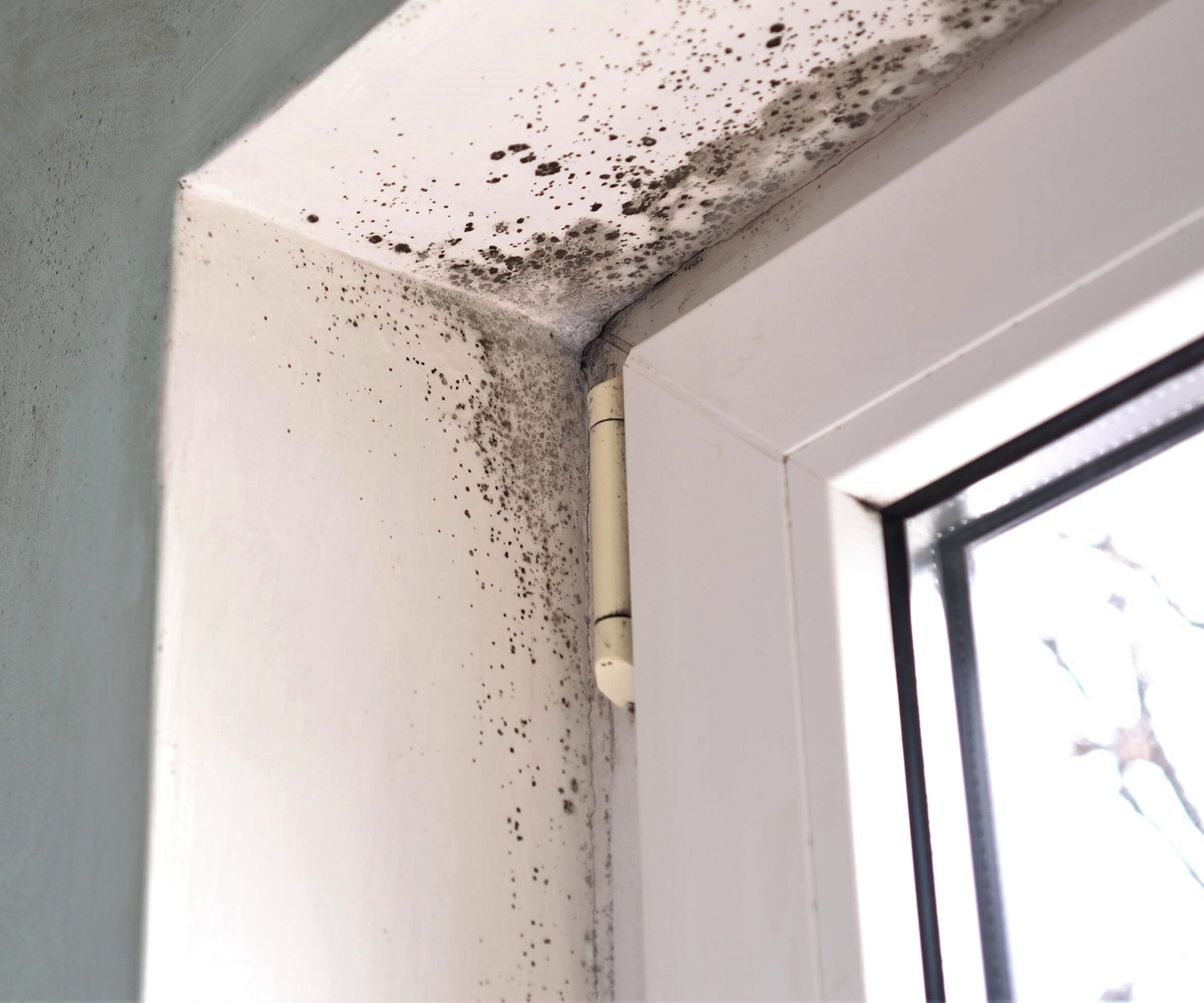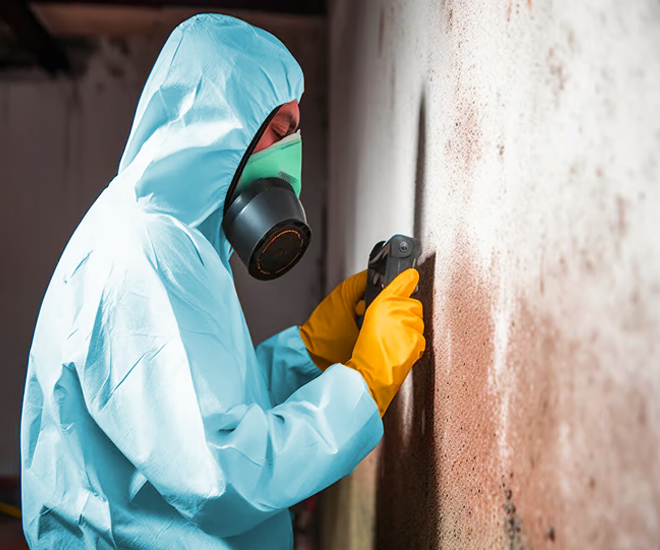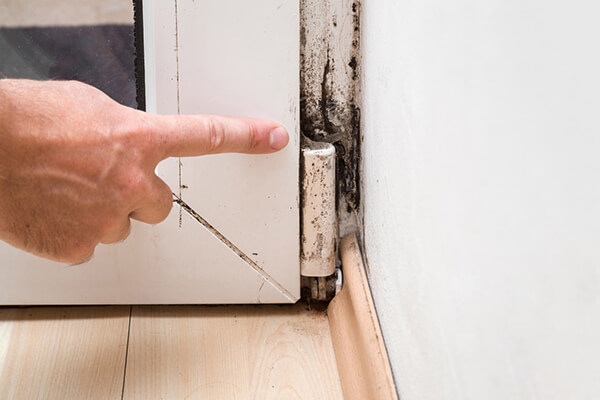Effective Post Mold Remediation Cleaning Protocols
Effective Post Mold Remediation Cleaning Protocols
Blog Article
Your Ultimate Guide to Blog Post Mold Removal Methods
In the consequences of mold and mildew infestation, understanding how to effectively remove the mold and stop its reoccurrence is paramount for maintaining a healthy interior setting. From choosing the best cleansing and decontaminating approaches to implementing strategies for long-term mold and mildew avoidance, each action in the removal trip plays an important role in ensuring an effective outcome.
Recognizing Post-Mold Removal Refine
After finishing the mold and mildew remediation process, it is essential to comprehend the post-mold remediation techniques that are needed to ensure a efficient and thorough cleanup. Once the mold and mildew has been gotten rid of, the following step includes cleansing and decontaminating the impacted locations to avoid any kind of regrowth of mold and mildew. This includes utilizing specialized cleaning up representatives to wipe down surfaces and kill any continuing to be mold and mildew spores. It is important to dry the area entirely to prevent the development of mold in the future (Post Remediation verification). Correct air flow and dehumidification can help in this procedure.
Moreover, conducting a last evaluation post-remediation is crucial to make sure that all mold has actually been successfully removed. This inspection needs to entail a comprehensive visual check in addition to perhaps air sampling to validate the lack of mold and mildew spores in the air. If the assessment discloses any type of sticking around mold and mildew, additional removal may be needed. Finally, enlightening residents on safety nets such as managing wetness degrees and without delay attending to any type of water leaks can assist preserve a mold-free environment.
Efficient Cleaning and Disinfecting Approaches

Protecting Against Future Mold And Mildew Growth

Significance of Appropriate Air Flow
Appropriate air flow plays a vital duty in stopping wetness buildup, a key consider mold and mildew growth within interior atmospheres. Effective air flow systems aid eliminate excess moisture from the air, reducing the chances of mold spores discovering the moisture they need to spread and germinate. Without adequate ventilation, indoor areas can come to be a breeding place for mold and mildew, bring about prospective health and wellness threats and architectural damages.
By ensuring proper air circulation, ventilation systems can likewise help in drying wet locations quicker after water damages or flooding events, better deterring mold and mildew development. testing air quality after mold remediation. Precede like shower rooms, kitchens, basements, and attic rooms where moisture levels tend to be higher, mounting and keeping reliable air flow systems is important in avoiding mold and mildew problems

Tracking and Upkeep Tips
Provided the essential role that correct ventilation plays in avoiding mold development, it is necessary to establish effective tracking and upkeep ideas to make sure the continued performance of ventilation systems. Regular inspections of air flow systems need to be conducted to look for any kind of indicators of blockages, leaks, or breakdowns that might hinder appropriate airflow. Surveillance moisture degrees within the residential property is also important, as high humidity can contribute to mold and mildew growth. Setting up a hygrometer can aid track humidity levels and alert house owners to any kind of spikes that might require attention. Furthermore, guaranteeing that air filters are frequently cleaned or changed is essential for keeping the effectiveness of the ventilation system. Implementing a schedule for routine maintenance tasks, such as air duct cleansing and cooling and heating system examinations, can assist protect against concerns prior to they escalate. By remaining positive and mindful to the condition of air flow systems, home proprietors can properly reduce the threat of mold regrowth and keep straight from the source a healthy interior environment.
Verdict
In conclusion, post-mold removal strategies are vital for guaranteeing a safe and tidy atmosphere. Comprehending the process, implementing reliable cleaning and sanitizing methods, stopping future mold development, preserving proper ventilation, and routine monitoring are all important actions in the removal procedure. By complying with these guidelines, you can efficiently get rid of mold and prevent its return, functioning or promoting a healthy and balanced living area for all residents.
In the after-effects of mold and mildew infestation, understanding exactly how to successfully remove the mold and stop its reoccurrence is vital for maintaining a healthy and balanced interior environment. When the mold and mildew has been removed, the following step includes cleaning and decontaminating the influenced locations to avoid any regrowth of mold and mildew - what to do after mold remediation. After getting rid of noticeable mold growth, it is important to clean all surfaces in the damaged area to get rid of any type of continuing to be mold spores. To even more boost mold prevention actions, it is essential to resolve underlying concerns that initially led to mold and mildew development.Offered the critical function that proper air flow plays in protecting against mold and mildew growth, it is necessary to establish reliable tracking and maintenance pointers to guarantee the ongoing capability of ventilation systems
Report this page